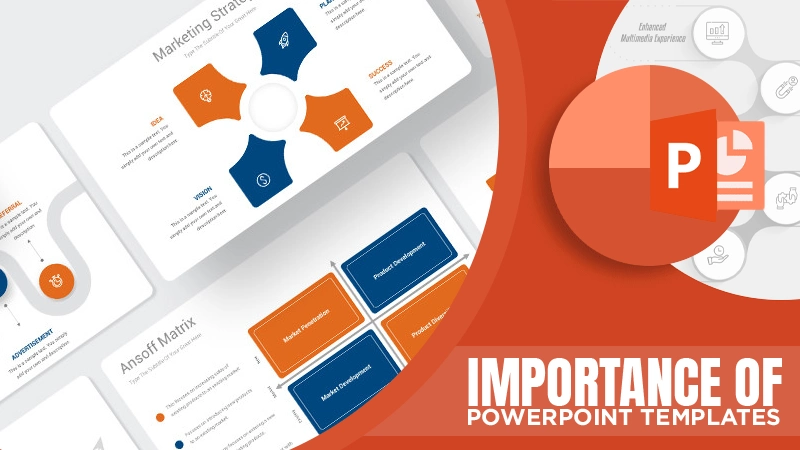Cloud-based identity and access management (IAM) are defined as a framework of business processes, policies, and technologies that aims to facilitate electronic or digital identity management. When the IAM is in place, it is much easier to control user access to critical data within organizations, but the question is – how to establish an IAM framework?

IAM systems can be implemented in three different ways, depending on your preferences – on-premises, cloud-based, or hybrid solutions. Generally, IAM systems are based on single sign-on, multi-factor authentication, and privileged access management. Thanks to these advanced technologies, identities and critical information can be stored more securely, ensuring only the necessary data is shared.
In this post, we’ll focus on cloud-based identity and access management such as cloud bi solutions. We will lead you through the essential aspects of organizing identities stored on the cloud, including the most prominent benefits and security practices provided by an IAM framework.
Also Read: Top 12 Solutions to fix “Can’t Send Emails from Outlook” Issue
What is IAM, and What are Its Key Components?
IAM includes various components that allow the user to access critical assets within the organization more securely and conveniently. This framework offers role-based access control, and therefore, it defines the following actions:
- The way users are identified in a system;
- How roles are identified and on what basis are assigned to an individual;
- Managing individuals and roles in the system;
- Assigning access levels to individuals;
- Protecting sensitive data inside the system and safeguarding the system itself.
IAM systems are pretty complex and security-oriented, and therefore, they are expected to perform the following actions:
- Capture user login information;
- Manage the organization’s user identity database;
- Manage the assignment or removal of access privileges.
Identity and access management doesn’t refer to human identities only but enables the management of devices and apps with one goal in mind – to establish and enforce trust inside the organization.
Cloud-based identities can be managed by authentication-as-a-service or identity-as-a-service (IDaaS). In both cases, a third-party provider is the one that handles the user authorization and registration, including their essential information.
While users can take advantage of both solutions and their advantages, identity-as-a-service (IDaaS) offers a more comprehensive way to manage IAM. It includes advanced functions for user portal, flexible authentication, single sign-on, audit reporting, user directory, centralized authentication, and similar add-ons to facilitate the overall identity and access management process.
4 Best Authentication Practices According to IAM
Cloud-based identity and access management systems foster a safer environment within the organizations, making it more straightforward to share sensitive data in a safe manner.
IAM stimulates a secure environment by proposing the following authentication methods:
Impossible-to-Crack Passwords
Since weak passwords are the most common reason for data breaches, IAM suggests unique passwords for digital authentication. For that reason, some organizations require the use of complex passwords that combine letters, numbers, and symbols, as these combinations are almost impossible to crack. A password manager is one of the best and easiest ways to craft a unique and robust password to protect your data. This simple and feature-rich tool allows you to create, store, and share passwords more securely and according to the IAM framework. You can choose between a broad range of cost-effective solutions and take your security practices to new heights.
Pre-Shared Keys (PKS)
Another efficient authentication method involves using pre-shared keys. The PKS method allows users with the same authorization levels to access shared resources (Wi-Fi, for example) using the same password.
Although this method enables more convenient data access, it’s not as secure as implementing unique passwords. To avoid any sort of data breach or privilege abuse, it’s recommended to use a trusted password manager to share passwords with the rest of the team with peace of mind.
Artificial Intelligence/Behavioral Authentication
Artificial intelligence (AI) helps organizations develop behavioral authentication, which is one of the most common IAM trends. Organizations dealing with highly sensitive data apply behavioral authentication to detect unusual login activities inside their systems and even lock them down to prevent a potential catastrophe.
Biometric Authentication
The most advanced form of authentication methods includes biometrics. The IAM systems that use biometrics often collect different biometric characteristics, like fingerprints, to grant or deny access to individuals trying to enter a highly protected system.
Although biometrics is usually considered a more effective solution than passwords, it is more expensive and more difficult to manage than other systems. Besides, it is more challenging to recover the lost data after the biometric systems have been hacked.
Essential Benefits of Cloud-Based IAM
IAM systems are broadly used for their exceptional ability to capture, record, and handle user identities and their access permissions. Overall, well-implemented IAM systems ensure that companies have better control over their sensitive data and enforce viable security practices to safeguard their digital assets in the long run.
Essentially, organizations can benefit from IAM systems in the following aspects:
- All individuals and services inside the system are authorized, authenticated, and audited. No access permission can be granted unless policies are in place;
- Reduced risk of internal and external threats;
- Cloud-based IAM systems allow companies to operate their businesses more efficiently by reducing costs, time, and effort they’d need for manual system management;
- An IAM framework helps organizations define policies concerning user authentication, privileges, and validation. That way, it fosters a safer environment inside the company;
- By implementing IAM systems, companies can demonstrate compliance and prove that sensitive corporate data is not compromised or misused;
- IAM simplifies the entire process of user sign-up or log-in into the system, promoting user satisfaction and more convenient access management.
Conclusion: Why Does My Company Need Cloud-Based IAM?
Besides improved security, better control over sensitive data, and more convenient information sharing, an IAM framework can help organizations gain a competitive edge and improve their business operations.
It’s vital to understand that IAM doesn’t focus solely on the company’s internal structure. Instead, it helps customers, suppliers, contractors, and partners access the corporate network from their systems and applications without compromising security. As a result, the entire organization can enjoy enhanced collaboration, more productivity, higher efficiency, and reduced costs.
















